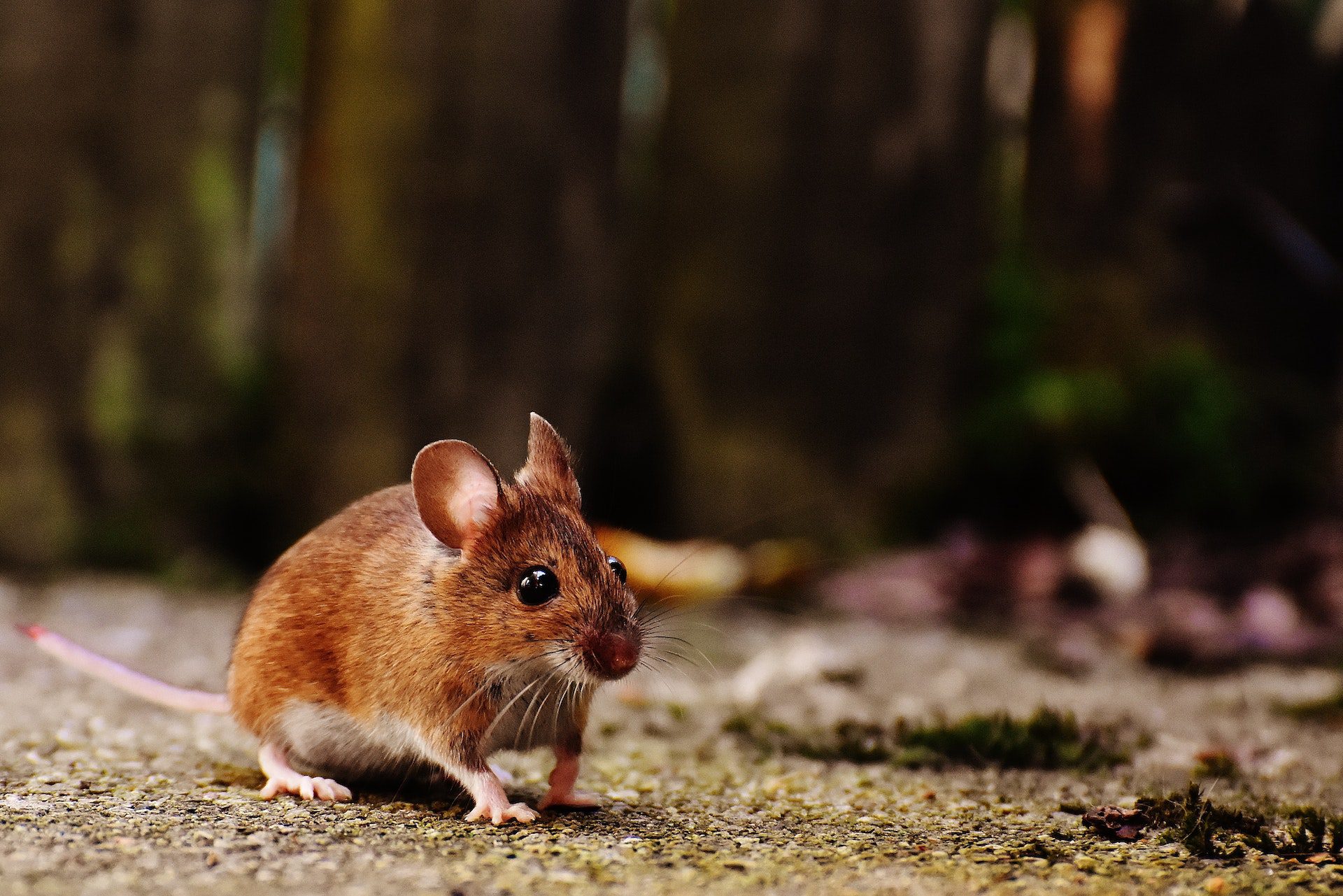The Lone Star State is home to hundreds of wildlife species that make up the region’s diverse fauna. Of these, rodents make up a third of the wildlife population. While respecting the natural beauty of Texas is important, these little critters can threaten homeowners’ health and safety, especially when they start encroaching on your home.
Whether you need to identify a rodent problem for your pest management service or want to learn more about Texas wildlife, it’s a good idea to brush up on your knowledge of native rodents!
Rodents Native to Texas
Mice and rats are a problem for at least one-third of Americans and invade over 21 million homes in cold seasons. Both are very agile pests; they can jump, swim, climb and squeeze into the tightest of spaces for survival.
In terms of behavior, both are nocturnal, consume a lot of food, and have great senses of smell, which is why you should always store food in air-tight containers. Rats are also infamous for chewing through virtually anything. Some rats, especially cornered, will resort to biting and can be a real menace to pets and humans alike.
Pocket Mice & Kangaroo Rats
Pocket mice and kangaroo rats are not related to rats or mice. Instead, they belong to a different rodent family called Heteromyidae.
Pocket Mice
These tiny critters are named for the pockets inside their cheeks. Pocket mice are nocturnal and prefer warmer or arid environments. Certain variations of the pocket mouse are more common in Texas, like the rock pocket mouse and silky pocket mouse.
Kangaroo Rats
The larger cousin of the pocket mouse, kangaroo rats rely on their hind legs and bipedal movement to hop to their destinations.
Squirrels
Prairie dogs belong to the squirrel family and, like most rodents, exist in packs called “coteries,” which make them prone to infestation as they often build nests in packs. Their burrowing can cause significant damage to your lawns as well.
Mexican Ground Squirrels are commonly found in West Texas.
Tree Squirrels
Three variations of the common tree squirrel can be seen around the state: the fox squirrel, flying squirrel, and gray squirrel. Along with rats, tree squirrels are often the culprits for strange animal noises in your attic or roof since they can use nearby trees to reach the higher points of your house.
Chipmunks
The most common cheeky critters are the eastern and least chipmunk species. They often pose problems in larger groups when they burrow under decks, patios, and fences. Not to mention, they tend to nest in inconvenient areas.
Pocket Gophers
Like pocket mice, pocket gophers are aptly named for the fur-lined pouches in their mouths. They use these pockets in their cheeks to store food while they forage underground. Like moles, which they are often confused for, pocket gophers are excellent diggers and can damage your lawn if their burrowing goes unnoticed.
Rodents: Friend or Foe?
While it’s essential to respect native wildlife, things can quickly get out of hand when one of these critters makes a home on your property. Whether they’re burrowing in your lawn and messing up the garden, chewing at your home’s structure, or settling down in your roof and attic, rodent infestations are bad news.
They Make Your House More Vulnerable to the Outside
During seasonal changes, especially in winter months, rodents will make their way into your home for shelter and warmth. Many of them will nibble their way through almost anything, leaving vulnerable spots and holes in your house for other pests like bugs and spiders to crawl through. These holes can also let in outside air, making it harder for your HVAC system to maintain a stable temperature.
They Ruin the Structural Integrity of Your Home
Rats can eat through wood, drywall, aluminum sheets, bricks, and more. Over time, their constant gnawing can damage the structure and supports of your home, causing construction deterioration and evident wear and tear.
They Bring in Illness
These unwanted guests tend to harbor harmful passengers on their bodies, like mites, ticks, and pathogens. When they enter your home, these free riders enter, too, exposing any occupants to possible illness and disease.
They Multiply Fast
One characteristic that unites most rodents is their fast reproduction rate. If you have a few rodents in your area, call a pest control specialist before they begin reproducing.
Signs of Invasion or Infestation
The EPA outlines a few telltale signs that you might have a rodent problem:
- Droppings in or around pantries and dimly lit areas of the home
- Nesting (cluttered and torn scraps of fabric, paper, toilet paper, sticks, dirt, etc.)
- Burrowing in your lawn
- Scratching noises within walls, underneath floorboards, and in the attic
- Holes and cracks in the corners and walls of your home
- Chew and bite marks on plants, walls, or furniture
If you notice these signs in or around your home, it’s time to call the pest management pros!
Pest Prevention
Maintaining a boundary between your home and Texas rodents is key to living peacefully with the state’s wildlife. You can take preventative measures by trimming vegetation, trees, and shrubs where rodents could easily hide.
Make sure there are no unintentional entry points to your house, like burrows, holes, and cracks. Finally, you can set traps to catch and release these critters elsewhere. Of course, the best method of keeping rodents at bay is routine pest maintenance at least four times a year.
If it’s too late for that and you have a real issue on your hands, call Pest Management to get your rodent problem under control.
